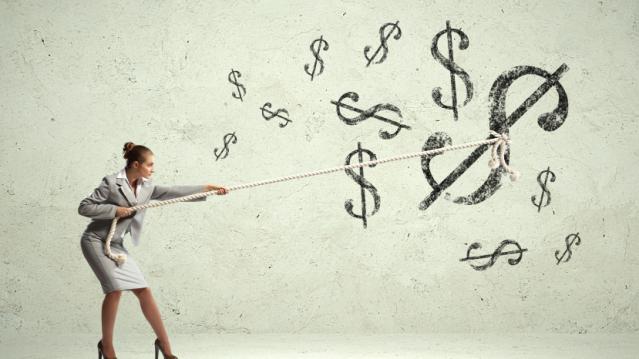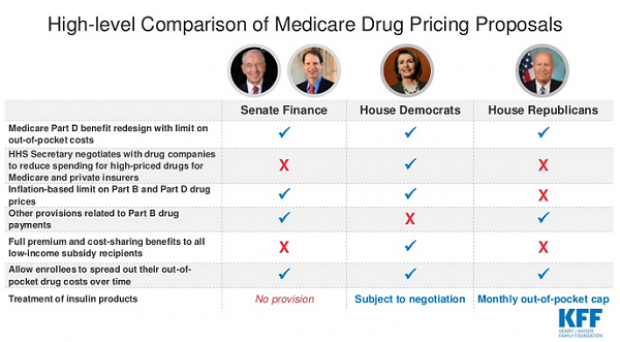Why Big Salary Raises May Be Gone for Good

If you’re hoping for a big raise this year, prepare to be disappointed. Sure, you might be among the lucky people who get a healthy bump in salary, but a recent survey by professional services firm Towers Watson found that companies are planning pay raises of 3 percent on average for workers.
A new survey by human resources and management consultancy Aon Hewitt confirms that forecast: Even as the job market continues to improve, salaried employees can expect their base pay to increase 3 percent, or about a percentage point smaller than the raises employers were handing out 20 years ago.
Related: Full Employment Alone Won’t Solve Problem of Stagnating Wages
From 1996 through 2000, salaries went up by about 4.1 percent a year, according to Aon Hewitt data. From 2011 through 2015, annual raises have averaged about 2.8 percent. And even as we get further away from the recession, that downward shift appears to be permanent, as companies look to keep a lid on their fixed costs.
"The modest increases we've seen over the past 20 years are an indication that employers have changed their compensation strategies for good, and we shouldn't expect to see salary increases revert back to 4 percent or higher levels that were commonplace in the past," said Aon Hewitt’s Ken Abosch.
Related: Obama Moves Toward Executive Action on Overtime Pay
On the bright side, at least for some workers, employers are planning on doling out more money in the form of bonuses, cash awards and other so-called variable pay. Aon Hewitt’s survey found that workers will see their variable pay rise by 12.9 percent this year.
That shift favors higher-level white-collar workers, since companies have been cutting back on bonus and incentive pay for clerical or technical workers. In 2011, only 43 percent of companies gave bonuses or other cash incentives to those hourly workers eligible for overtime pay, down from 61 percent in 2009, according to data Aon Hewitt shared with The Washington Post. On the other hand, 93 percent of companies offer incentive programs to employees with a fixed salary.
As Abosch told the Post: “It’s the haves and the have nots.”
Top Reads From The Fiscal Times
- How a Biden-Warren Ticket Could Transform the Campaign
- The 10 Best States for Property Taxes
- Air Force Brushes off $27 Billion Accounting Error
Chart of the Day: Boosting Corporate Tax Revenues

The leading candidates for the Democratic presidential nomination have all proposed increasing taxes on corporations, including raising income tax rates to levels ranging from 25% to 35%, up from the current 21% imposed by the Republican tax cuts in 2017. With Bernie Sanders leading the way at $3.9 trillion, here’s how much revenue the higher proposed corporate taxes, along with additional proposed surtaxes and reduced tax breaks, would generate over a decade, according to calculations by the right-leaning Tax Foundation, highlighted Wednesday by Bloomberg News.
Chart of the Day: Discretionary Spending Droops

The federal government’s total non-defense discretionary spending – which covers everything from education and national parks to veterans’ medical care and low-income housing assistance – equals 3.2% of GDP in 2020, near historic lows going back to 1962, according to an analysis this week from the Center on Budget and Policy Priorities.
Chart of the Week: Trump Adds $4.7 Trillion in Debt

The Committee for a Responsible Federal Budget estimated this week that President Trump has now signed legislation that will add a total of $4.7 trillion to the national debt between 2017 and 2029. Tax cuts and spending increases account for similar portions of the projected increase, though if the individual tax cuts in the 2017 Republican overhaul are extended beyond their current expiration date at the end of 2025, they would add another $1 trillion in debt through 2029.
Chart of the Day: The Long Decline in Interest Rates

Are interest rates destined to move higher, increasing the cost of private and public debt? While many experts believe that higher rates are all but inevitable, historian Paul Schmelzing argues that today’s low-interest environment is consistent with a long-term trend stretching back 600 years.
The chart “shows a clear historical downtrend, with rates falling about 1% every 60 years to near zero today,” says Bloomberg’s Aaron Brown. “Rates do tend to revert to a mean, but that mean seems to be declining.”
Chart of the Day: Drug Price Plans Compared

Lawmakers are considering three separate bills that are intended to reduce the cost of prescription drugs. Here’s an overview of the proposals, from a series of charts produced by the Kaiser Family Foundation this week. An interesting detail highlighted in another chart: 88% of voters – including 92% of Democrats and 85% of Republicans – want to give the government the power to negotiate prices with drug companies.



